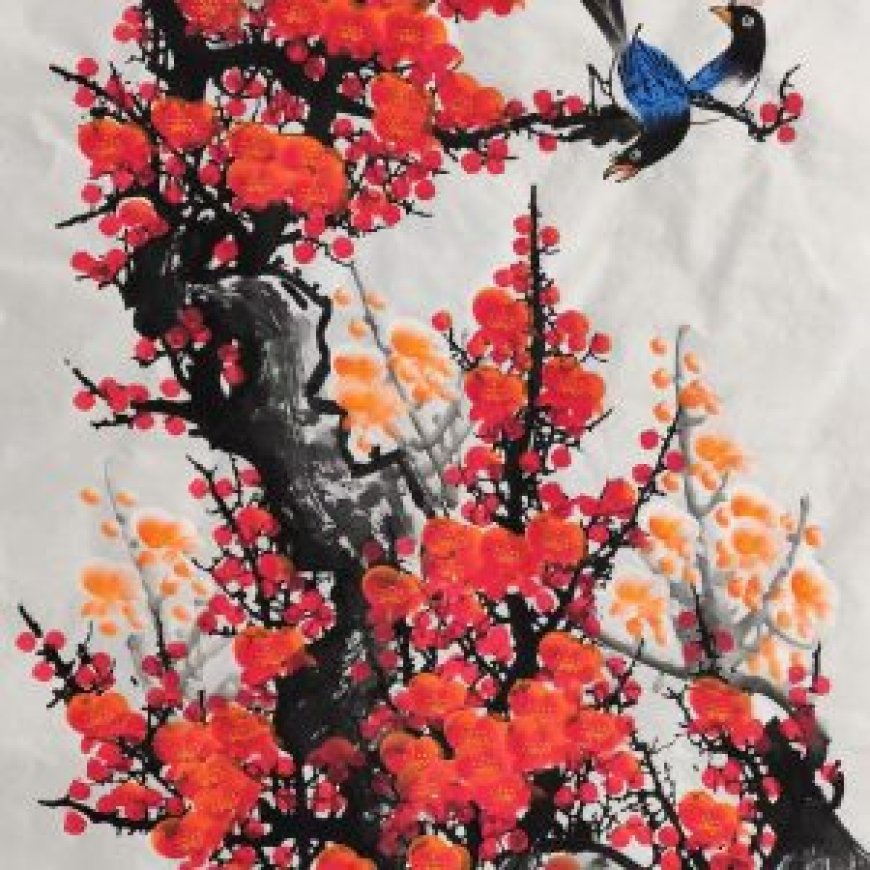What are the essential sketching materials every beginner and professional artist should know about
Sketching is a foundational skill in visual art that allows artists to explore ideas, plan compositions, and express creativity freely.

Sketching is a foundational skill in visual art that allows artists to explore ideas, plan compositions, and express creativity freely. Whether you are a beginner or a professional, the quality and variety of sketching materials you use can greatly influence your work. Understanding the purpose of each tool helps improve your technique and enhances your ability to communicate visually.
1. Pencils
Graphite pencils are the most basic and essential sketching tool. They come in different hardness grades, ranging from 9H (hardest) to 9B (softest).
-
H-grade pencils (e.g., 2H, 4H) are hard and produce lighter lines, making them ideal for technical drawings or light sketch outlines.
-
B-grade pencils (e.g., 2B, 6B) are soft and produce darker, richer lines, perfect for shading and expressive sketches.
Many artists keep a range of pencils to achieve varied line weights and tones.
2. Charcoal
Charcoal offers deep blacks and a rich, textured quality thats excellent for dramatic shading and expressive sketches. There are three types:
-
Vine charcoal light and easy to erase, good for soft, preliminary work.
-
Compressed charcoal darker and harder to erase, better for bold lines and intense shadows.
-
Charcoal pencils offer more control than sticks and are suitable for detailed sketches.
3. Paper
The surface you draw on can drastically affect your sketchs appearance. Sketchbooks or drawing pads come in different textures and weights.
-
Smooth paper (hot press) is great for fine detail with pencil or pen.
-
Textured paper (cold press or rough) holds charcoal and graphite better, enhancing depth in shading.
Heavier paper (above 100gsm) can handle more layering and erasing without tearing.
4. Erasers
Erasers are more than correction toolsthey can also be used creatively.
-
Kneaded erasers are soft, moldable, and perfect for lifting graphite or charcoal to create highlights or subtle textures.
-
Vinyl or plastic erasers offer strong erasing power and work well for precise corrections.
-
Pencil erasers (eraser on a stick) are ideal for detailed erasing work in small areas.
5. Blending Tools
Blending is essential for smooth shading and transitions.
-
Tortillons (paper stumps) and blending sticks help blur pencil or charcoal without using fingers, maintaining better control.
-
Tissues or soft cloths can also be used but provide less precision.
6. Pens and Ink
For more permanent and stylized sketches, ink pens are often used.
-
Fineliners, fountain pens, and dip pens offer various line qualities. Artists often use ink to outline graphite sketches or create clean, graphic artwork.
7. Fixative Spray
If working with smudge-prone materials like charcoal or graphite, a fixative spray helps preserve the drawing. It prevents smearing and keeps the sketch intact over time.
8. Optional Tools
-
Rulers and compasses for precise lines and curves.
-
Mechanical pencils for consistent line weight and fine detail.
-
Drawing boards for support and portability when sketching on the go.
Conclusion
Having the right sketching materials is essential for producing quality artwork, whether you are just starting or refining your craft. Investing in a variety of tools allows you to explore different techniques, express more creativity, and achieve professional results in your sketches.



















